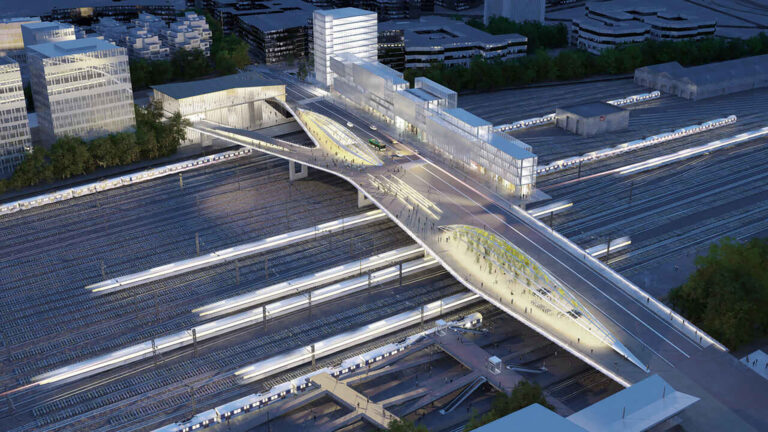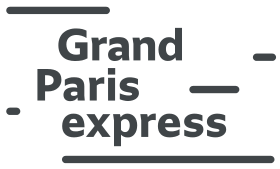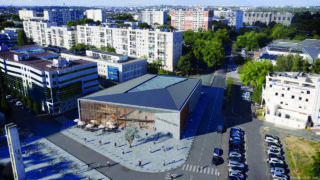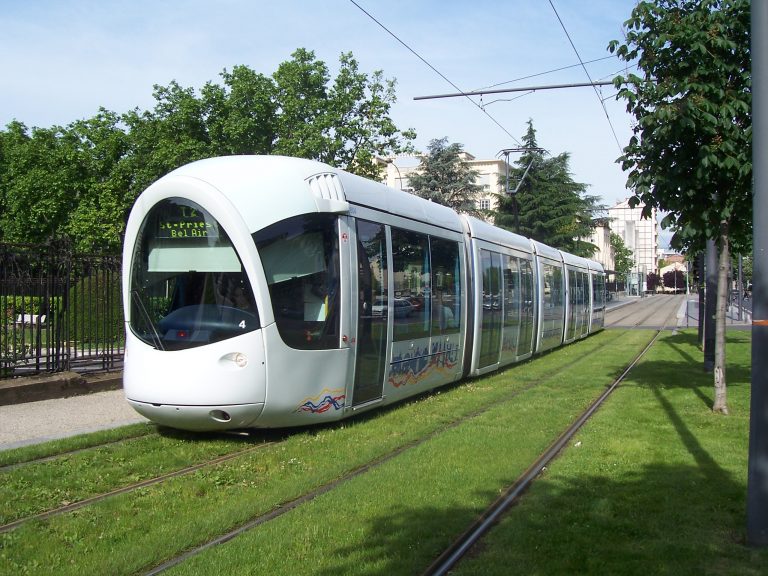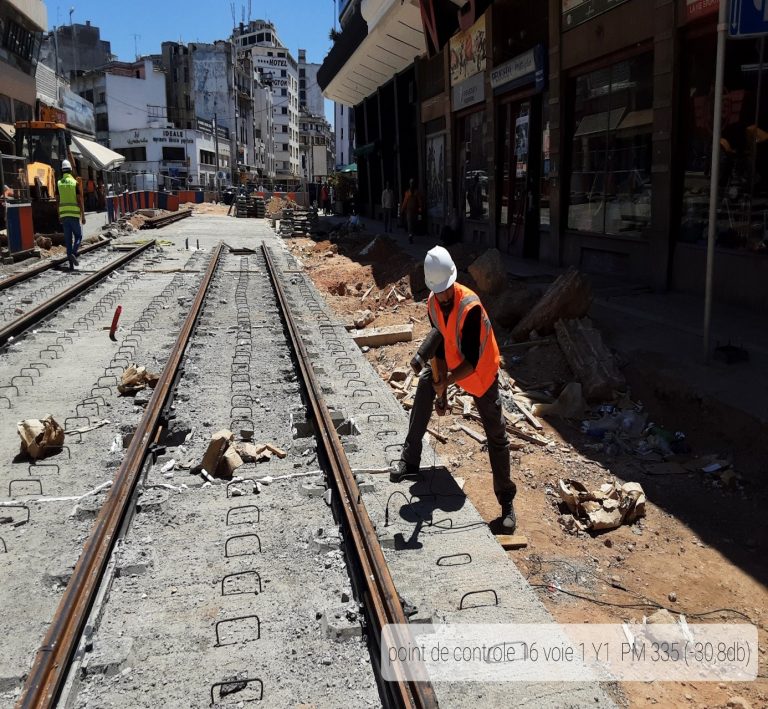The subject of vibrations produced by certain urban transport systems and transmitted to neighboring buildings is becoming a major concern. In common cases, the effects produced are a feeling of discomfort linked to :
- the physical perception of vibrations applied to the human body or to building installations,
- solid-borne noise re-emitted by the building’s structural elements.
The vibration levels emitted by a moving rail vehicle depend on a large number of parameters, such as :
- Vibratory excitation applied to the track as the rolling stock passes (emission),
- Soil properties in terms of vibration transmissibility (propagation),
- Building vibration sensitivity (immission).
For transport systems using iron/rail rolling surfaces, excitation levels depend on the following parameters:
- Rail and wheel irregularity levels,
- Dynamic properties of the track.
It is generally accepted that anti-vibration track-laying systems are the most effective and economic solution.

